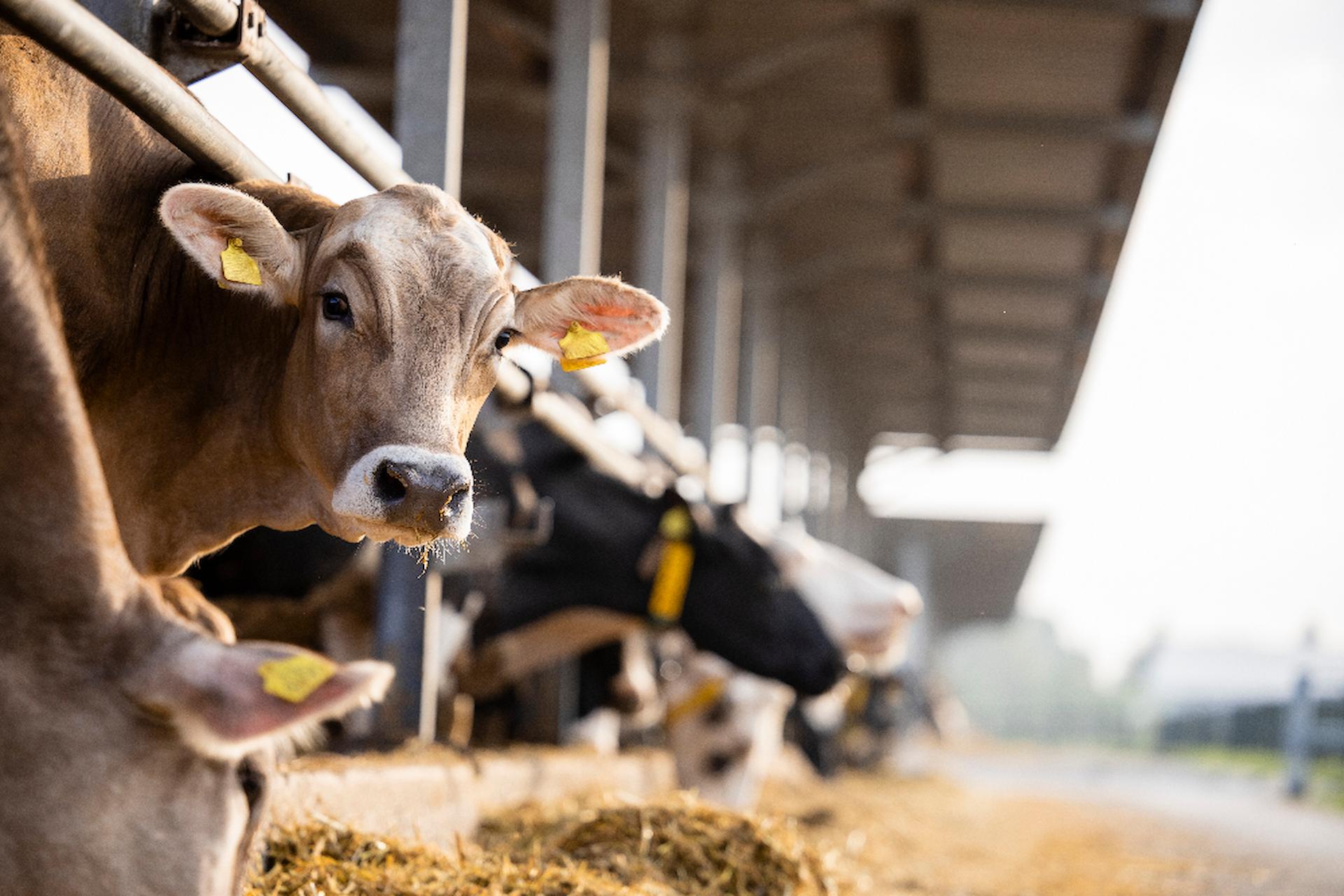Running a profitable and sustainable dairy operation requires carefully managing numerous interconnected components. From keeping cows healthy and productive, to controlling operational costs, to navigating market dynamics, dairy farming is a challenging juggling act. Let’s explore some key areas that strong dairy management must focus on.
Herd Nutrition
What you feed your dairy herd has an enormous impact on milk production, fertility, animal health, and ultimately your bottom line. Providing a balanced, nutrient-dense ration is critical.
According to the experts at Energy Feeds International, diets should contain sufficient energy from fermentable carbohydrates and fats, quality protein from sources like roasted soybeans and bypass proteins, effective fiber for rumen function, key vitamins and minerals, and plenty of fresh drinking water. Strategic use of additives like bypass fats can also boost energy intake.
Collaborate closely with a dairy nutritionist to formulate rations customized to your herd’s size, production level, body condition scores and stage of lactation/pregnancy. Consistent feed mixing, storage and delivery are also important.
Herd Health and Reproduction
A sick, infertile herd will severely hamper productivity and profitability. Issues like mastitis, lameness, and reproductive problems must be aggressively prevented and swiftly treated.
Comprehensive vaccination protocols, udder health management, foot care, ample lying space and controlled barn environments are key focus areas. Also critical are proper dry cow protocols, close monitoring of fresh cows, and sharp reproductive management to maintain optimal calving intervals.
Work with your veterinarian to implement best practices for disease prevention, treatment protocols, and reproductive efficiency. Meticulous record keeping helps identify issues early.
Milking Management
Quality milk harvesting is the end goal but is something that can be easily compromised by improper milking practices, equipment issues, or poor barn prep. Train all milkers thoroughly on procedures like udder prep, unit attachment, teat dip protocols, and ways to reduce slips, kicks, and unnecessary unit striping.
Maintain milking equipment meticulously with scheduled maintenance, changing inflations on time, and ensuring proper vacuum levels. Clean and dry cow prep areas regularly and give cows enough time to load without overcrowding. Incentivize careful milking with employee rewards or reprimands.
Facility and Environmental Design
Dairy housing systems and barn/lots should be designed to maximize cow comfort, productivity, and health. Provide amply sized, dry stalls with proper bedding material and good ventilation. Stocking densities and layout should reduce cow stress from overcrowding or competition at feed bunks.
Feed storage areas should safeguard ingredients against moisture and temperature extremes. Milk centers need seamless flow from the parlor to the tank. Newborn calf areas and hospital pens for sick cows need physical separation and biosecurity measures.
Work with dairy design experts to optimize all areas of your facility for maximum longevity, efficiency and cow well-being based on your operation’s size and specific needs.
Financial Management
Running the business side of a dairy can be just as complex as managing the cows themselves. You must meticulously track expenses, cash flow, inventories, payroll, accounts payable/receivable, loans and more across all facets of the operation.
Know your debt ratios, profit margins and key cost centers to identify areas to cut costs or increase income streams. Be disciplined about analyzing actual revenue against projected budgets and milk marketing plans. Closely monitor milk component levels, feed costs, utility bills and labor efficiencies.
Build working relationships with financial advisors and accountants who understand agriculture. Leveraging the latest record-keeping software and consultants can provide critical business insights to optimize your dairy’s financial management.
Conclusion
From breeding barns to balance sheets, dozens of factors must be mastered to keep a complicated dairy farm running smoothly and turning a profit. Controlling what you can with rigorous management in all areas is key.


